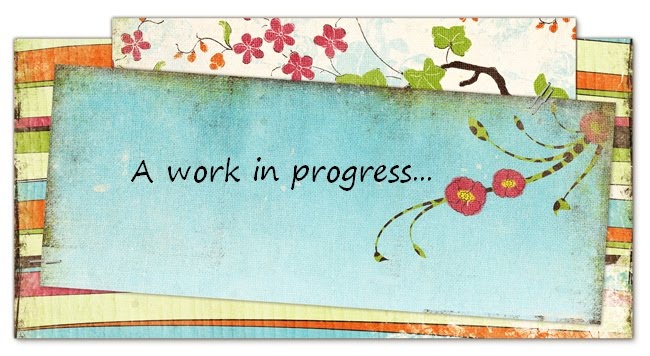As parents one of our roles is to discipline our children. The word discipline is derived from the term to disciple which means to teach or train. We as parents are our children's first teachers. I believe all good teachers teach problem solving along with any curriculum that they teach. Problem solving is a life long skill that will always add value to our life and many times the lives of others. When we have good problem solving skills, life is our oyster as we learn to take the grains of sand that try to irritate us and learn to make them in to pearls.
The first problem that most children encounter is how to communicate their needs. Most times a child can make a gesture before he or she can audibly communicate what the thoughts are in their head. I have tried with each of my children to teach them from a very early age to use gestures or signs to communicate. It has been a very effective tool in warding off tantrums and the "point and whine" (to me one if the most frustrating early behaviors). They seem to feel empowered as they are able to express to me what they need or want at the moment in a way that I am able to understand and respond.
I found this quote on a website designed to sell products that teach parents how to sign with their babies "Babies who use sign language are happier and less frustrated, they learn to talk sooner, and they get a long-lasting boost in their intellectual development. What's more, baby sign language is fun and easy."
It really is easy and so rewarding to watch your child learn. I began with every day things that would help them express a possible need. With David I began with the sign for milk. I am planning to breastfeed him for 2 years or more. I don't like the idea of a toddler walking up and lifting up my shirt on his own for a drink. I am happy to feed him from my body, I just want him especially in public to have the respect for my body and courtesy to ask for it. I am teaching him boundaries and manners as well as how to communicate. I didn't do this in a controlling manner. I would simply sign milk as he was nursing or just as I was getting ready to nurse him so he understood what the gesture meant. He was about 6 or 7 months old when he used the sign for the first time on his own. He had just taken a bath and was lying on his changing table as I was trying to put his diaper and pjs on. He was not happy with me and as he cried he also vigorously signed "milk". I quickly finished diapering him and brought him to my breast to nurse to reinforce the sign. I praised him for telling me what he wanted. After he finished nursing I then put his pjs on. From there more and more frequently he would use the sign for milk either when he was nursing or prior. Now he just "tells" me when he wants to nurse by signing "milk". Even in the middle of the night when he wakes up, he doesn't cry. He sits up in bed and signs "milk" "please".
Eating is another good time and way to enforce signs. As a child begins solids, you simply sign "more" with each bite and then "all done" when they are finished. Again it is just basic signs that help a child express what they need with out the need to just fuss. I always begin with me doing the signs for several times and then I facilitate my child making that sign and eventually they start doing it on their own. I don't think it is important to always use ASL (American Sign Language). The goal is to help your child problem solve through being able to communicate. My oldest child began talking very early so signs weren't as important because he could verbally tell me what was going on. My youngest has taken very well to signing and has many "signs" that he uses on a daily basis.
At 14 months old David has signs or gestures for: milk, more, all done, please, thank you, drink , eat, yes, no, treat, up, help, play, phone, my turn, apple, brush teeth, shave, music, bye bye, hi, kiss, what happened or where, wait, and water. We are adding more daily. The key is consistency and frequency. Keep signing and your child will catch on. Just about the time you are thinking they don't get it or aren't interested is usually when most children make the connection.
I still use some signs with my older children when I don't feel like yelling across a crowded room or want to silently discipline them with out drawing attention to them. (I believe in private punishment and public praise) All in all I have found signing to be a great tool for discipline and teaching life long problem solving skills.

David signing "more"













Heidi, I love reading these posts! This was great...how inspirational even to a non-mom such as myself. :D Love you!
ReplyDelete